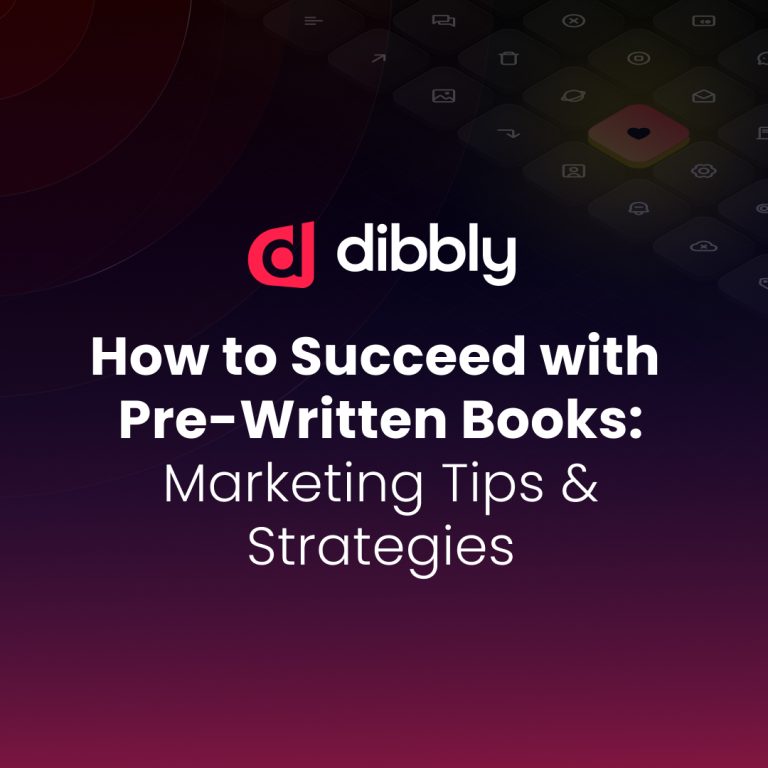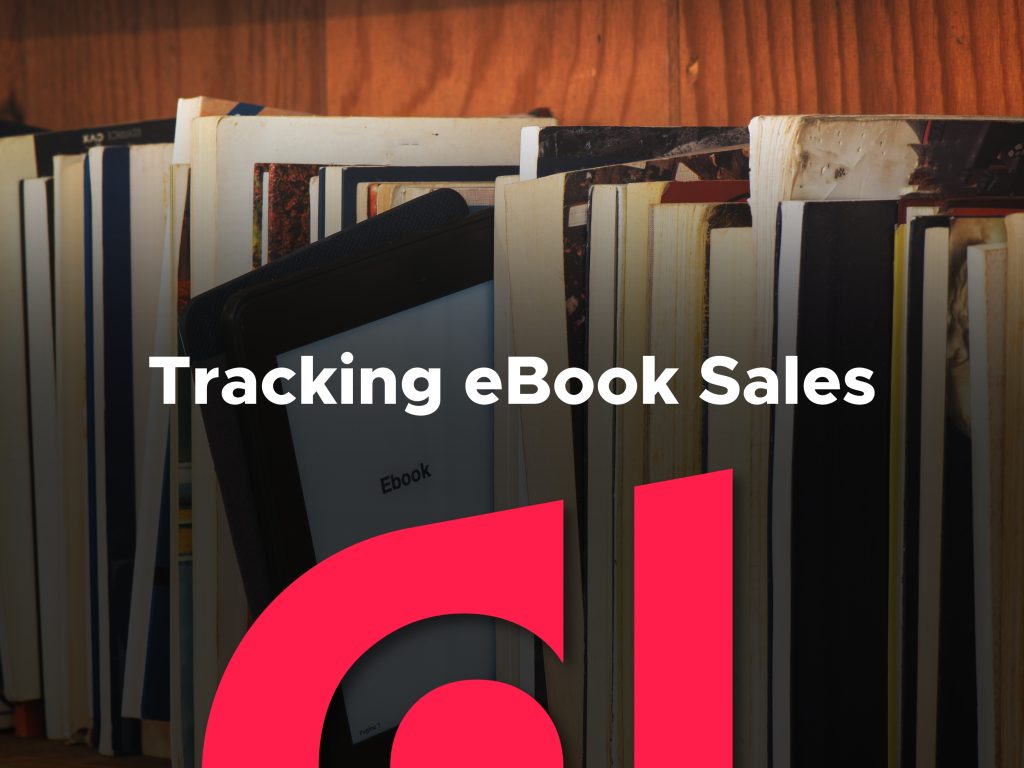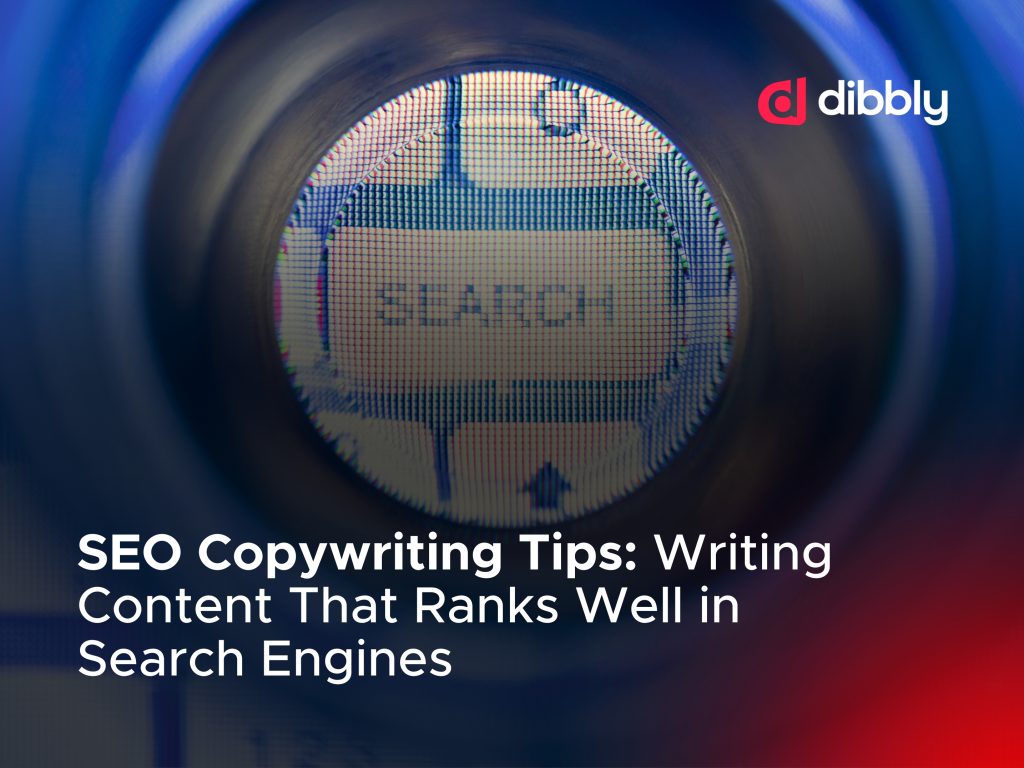Illustrations might not come to mind when you think of non-fiction pieces of work. In fact, most non-fiction works are mainly just blocks of works that convey information in a way that can often seem dull and practical. While these works are important, and the lack of ‘filler’ is to portray a point of view of expertise, there can be ways to spice up non-fiction while keeping a professional tone.
Should You Use Illustrations in Non-Fiction
When considering the incorporation of illustrations in your nonfiction masterpiece, we explore their dynamic potential to explain your content, enrich reader understanding, and amplify the lucidity of your ideas. Yet, illustrations are not merely visual embellishments—they boast an array of diverse benefits that we’re excited to delve into in greater detail below.
This discussion aims to guide your decision-making process on whether illustrations are a fit for your book, recognizing the individualized nature of their impact on authors.
Before diving deeper, let’s establish what we mean by “illustrations” in the realm of nonfiction. They encompass traditional pictures and a vibrant array of visual elements, such as charts and graphs, wielding the power to corroborate your arguments with compelling statistics. Also, the realm of illustrations encompasses diagrams, which serve as invaluable tools in unraveling complex processes or structures.
Whether it’s a visual breakdown of the solar system or an elaborate mechanism, illustrations have the power to add credence to your words and facilitate understanding.
Non-Fiction Book Visuals
Let us delve into the most common argument for using illustrations in non-fiction works: facilitating reader comprehension. There are world concepts and ideologies that sometimes require a little extra explaining. Instead of explaining this concept with more words, why not use the power of visual aids like non-fiction book visuals?
I mean, they say that a picture is worth a thousand words, and sometimes, we need those to get our point across fully. Spending a multitude of paragraphs to explain a process or describe something can be boring for the reader and can even create more confusion and make it harder to understand.
Infographics are a perfect example of using images to help in non-fictional understanding. These non-fiction book visuals are great ways to convey information in a more concise and memorable way. They often are brightly colored with minimal wording to minimize reader confusion and ensure that the reader can easily recall the information you are sharing.
Even if illustrations in non-fiction are not truly necessary to fully understand a concept, their use can still provide an increased recall ability. Using visuals to build on concepts that start out easy and complicated as you progress can also help with your storytelling.
For example, a non-fiction work that starts off on local minerals on one continent, which then expands internationally, followed by those only in space, would benefit from a visual aid that adds to itself, sort of like a Russian doll or the zoom-out feature on Google Earth.
These fun types of non-fiction book visuals definitely help with reader comprehension. Simplifying more complex concepts helps to better connect to the reader, allowing them to follow along and minimize getting bored or, even worse, stopping reading. Some non-fiction writers may resist simplifying their content, but there are ways to include illustrations without losing reader interest.
Incorporating More Professional Visuals
If infographics and more colorful visuals are not really your cup of tea, then there are still illustrations that remain scientifically clear-cut while remaining professional.
Tables and charts are extremely useful in making your book clearer while offering a purposeful visual representation of numbers and statistics. This allows your reader to see this information at a glance instead of searching through it in a long list of words.
Graphs can also help show the evolution and change of those numbers and statistics over time, which can be handy for long-term concepts and historical storytelling.
Enhancing Reader Engagement
Illustrations can do wonders in accompanying difficult concepts to aid in helping the reader fully understand the information presented to them. However, these non-fiction book visuals also enhance reader engagement and level up your book. How, you may ask? Well, let’s explain.
Easy on the Eyes
Long paragraphs of text can be long and tiring for readers, even exhausting reading your non-fiction work. Reducing the length of a particularly long word block or introducing breaks in never-ending paragraphs is important when you want to be concise. While shortening your paragraphs can be one fix, using illustrations to break up those longer sections of text can be an even better remedy.
By incorporating illustrations in non-fiction, like graphs, diagrams, and infographics, you are diminishing the number of words needed to describe your concept and making it clearer to understand. Making your point even more concise and cutting down on word counts.
Long blocks of text are not fun for readers to power through. Nothing is more daunting to a potential reader than an endless amount of text to read through and process. So, using non-fiction book visuals can help make your work more accessible to readers and maximize your audience.
Breaking up long texts doesn’t just make it easier for the reader to read and stay engaged. Breaking down your work into sections also aids in memorization, which will help your readers process and remember the information presented to them.
Pointing Out the Facts
As previously mentioned, using tables and graphs is a helpful way to present information concisely, and they perfectly accompany that harder portion of text that can be difficult to comprehend.
For example, imagine trying to explain the increase in global temperatures better with climate change without illustrations. That kind of numerical information presented solely through words would get clunky, and the reader might not even notice any potential patterns, or quantitative decline/increases.
All non-fiction illustrations have their pros and cons, and each has specific moments where they can shine:
- Graphs are like translators of information. They take the complexity of numbers and statistics and turn it into a visual language that can be universally understood. They help your readers spot trends, patterns, and relationships faster than a strike of lightning. Plus, they make said information more engaging and credible by showcasing real data in a way that’s both exciting and easy to follow.
- Tables can act like storyboards for data. They present information in a structured, easy-to-read format that’s like a roadmap for understanding complex concepts. This makes your book more engaging and helps readers quickly absorb and retain information. It’s a visually appealing way to showcase diverse data.
- Charts can help simplify complicated data into a visually engaging story, making it easier for readers to follow. For example, a timeline chart could showcase the evolution of key technologies like the internet, phones, and computers. It’s like a visual time machine, depicting the advancements across decades in a way that’s straightforward to grasp at a glance.
Choosing the Right Illustrations in Non-Fiction
So, you’ve decided that Non-fiction book visuals are for you and your book. Great! Now it’s time to choose the right one. This is a fun step in creating a book, from choosing the right book cover to matching your written work with the right accompanying illustrations choosing the right book cover. As helpful as illustrations in non-fiction can be, choosing the wrong one can have the opposite effect on aesthetics and confuse the reader.
Selecting images that make sense and tie in with the information being delivered in your book is key. If you’re discussing historical events, such as the Dark Ages, then an image of flying cars and futuristic visuals might not relate to what you’re saying. The image quality of these visuals is also important; in 2024, there are too many ways to acquire free images or hire an illustrator to
Talking about low-quality images, a lack of cohesion between images will also add a low-quality feature to your work if all the images are widely different, whereas in aesthetics, color schemes, etc., your work can look messy. Since your voice and your book are one branding product, to increase that strong brand image, using images from one artist or at least that look similar to provide visual cohesion will improve the overall look of your book.
With so many sites offering free and public domain images, it is easy nowadays to search and find the visuals you want for your book. Using Non-fiction book visuals that are free and public domain will help lower costs and prevent you from getting in any legal trouble.
Conclusion
Illustrations in non-fiction have many uses and can improve the overall look of your book, add understanding and credence to the information presented as well, and play a part in your branding as an author. Whether it’s non-fiction book visuals that liven up your work or illustrations that add to the explanation of concepts, images in non-fiction are important in enhancing reader engagement and also making your non-fiction book a fun yet informative read.
So, don’t be afraid to incorporate some illustrations in your next non-fiction work. Whether you hire an artist to create your own personal illustrations or take advantage of free and public domain images, adding visuals to any book, not only non-fiction, can help improve your book.













